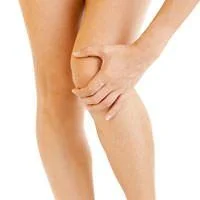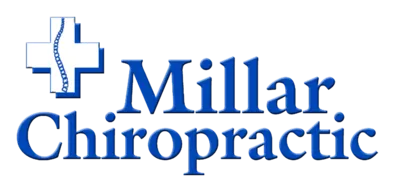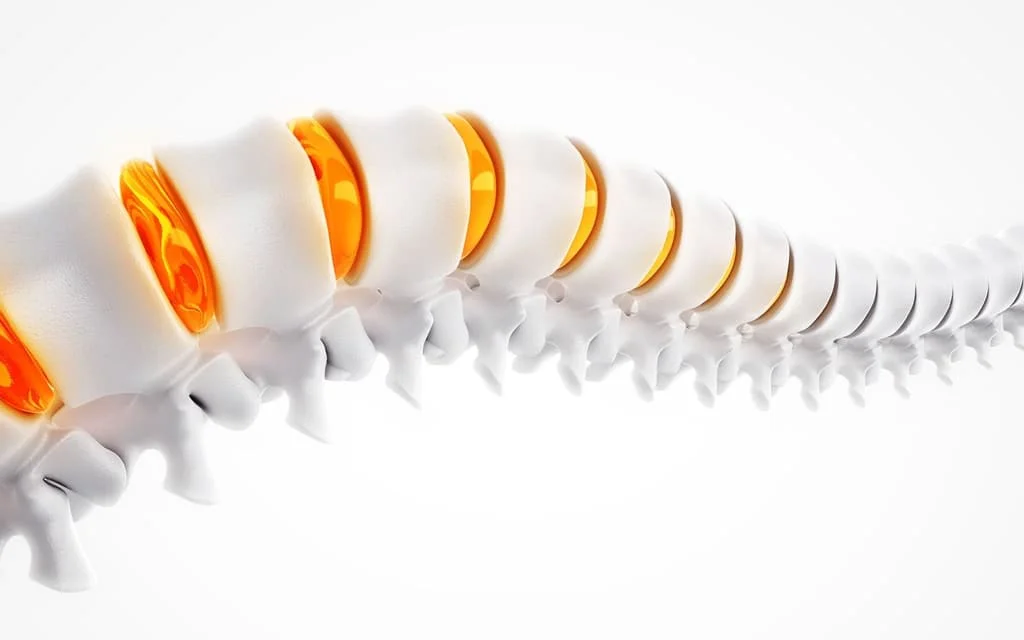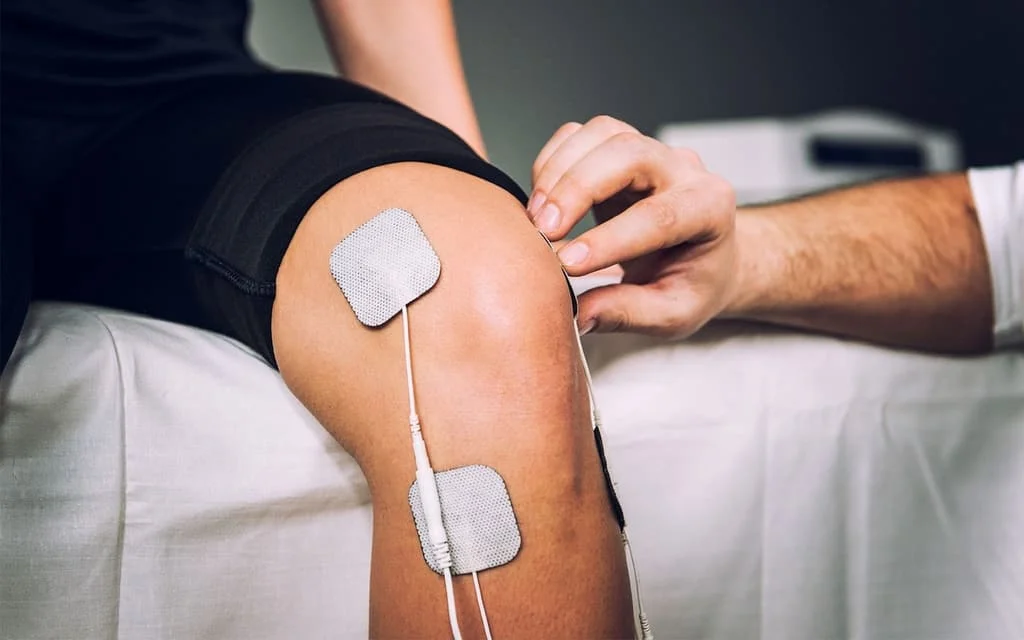KNEE PAIN
We Specialize in Knee Pain and Knee Problems (acute or chronic)
At Millar Chiropractic Clinic, knee pain and knee problems are one of our "Areas of Excellence". We love to treat the knee and knee problems. We have the 'know-how" and the specialized tools to help in that treatment. Tools like Laser, Shockwave Therapy, H-Wave IASTM - Instrument Assisted Soft Tissue Mobilization, Diathermy, and Non-Surgical Lumbar Decompression Traction. We like to diagnose and treat the knee. Many doctors don't like treating the knee and knee pain because knee pain can be caused by so many things. It requires thorough examination and imaging along with often a multi-faceted treatment regiment.

|
| Chiropractic Care and Chronic Pain |
|
Chiropractic care is an essential component of a broad-based approach to the treatment of chronic musculoskeletal pain. Medication alone is never an effective solution to chronic pain as it does not address the root causes of the problem. On the other hand, if biomechanical issues are part of the overall cause, chiropractic care is able to provide a great deal of benefit. Chronic musculoskeletal pain often has its origins in spinal misalignments. These restrictions in spinal joint mobility may be due to long-term postural inefficiencies or to an old injury - a fall, a motor vehicle accident, or a bending-and-lifting back spasm that took a long time to heal. If spinal misalignments persist, other structures begin to compensate. Sacroiliac joints and ligaments get tight. Hip joints lose some mobility. Knee and ankle motion are compromised, and eventually chronic back pain, hip pain, and/or knee pain develops. Chiropractic care addresses the cause of these many problems by analyzing, identifying, and correcting spinal alignments. As the biomechanical function of your spine improves, so does the mobility of all other weight-bearing joint such as your hips, knees, and ankles. As a direct result, chronic pain begins to reduce and resolve. |
Chronic knee pain is notoriously difficult to treat successfully. Persons with these problems often become discouraged as they shuttle from specialist to specialist, from rheumatologist to orthopedic surgeon to physical therapist to acupuncturist and back again. Lack of progress and improvement becomes understandable when one considers that typical evaluation and treatment are directed at the symptoms. But chronic knee pain, and many other pain syndromes, is more effectively treated by addressing underlying biomechanical problems.
Faulty biomechanics are at the root of many ongoing knee problems. Of course, various other diseases and orthopedic conditions may cause the same type of chronic pain. The most likely of these possibilities need to be considered and ruled out before a diagnosis of biomechanical knee pain is established. Osteochondritis dissecans, a torn meniscus, and synovial effusion are all frequently encountered in persons over age 40 with chronic knee pain. Rheumatoid arthritis, lupus, and ankylosing spondylitis are a few rheumatologic conditions which may result in sporadic or chronic knee pain. 1
When these medical problems have been eliminated as possibilities, a biomechanical causation becomes probable. How does a person develop "faulty biomechanics"? In fact, most of us have never received effective instruction in how to use our bodies. We stand and sit in all kinds of unsound postures, slouching and slumping and generally giving in to every available force of gravity. We stand with all our body weight on one leg, neck and shoulder muscles tensed and abdominal muscles sagging and protruding. When we sit we slump down, stressing the lower back with poorly tolerated mechanical forces, or sit for hours with legs crossed, stressing the lower back, hips, and knees.
Over the course of a lifetime, our bodies have continually tried to adapt to a range of inefficient and stressful postures and habits. But eventually no more adaptation is possible. 2 As a result joints, muscles, ligaments, and tendons break down and fail. We experience this failure as pain. And once this type of pain has started, it is not going to go away unless the underlying causes are corrected. Specifically, the person's biomechanics need to be restored closer to normal.
Correction of posture takes time and can only be accomplished gradually. The key is to learn what to do, learn how to do it, and to be working on posture every day.3 The most important thing is to begin. Three basic biomechanical corrections are as follows: (1) When standing, be sure to have your weight over the balls of your feet and to have your weight evenly distributed on both legs. (2) Activate your deep abdominal muscles by visualizing an "inner lift". (3) Have straight lines of force running down your legs (rather than lines of force crossing at your knee, creating torsion and tension). Visualize "straight energy" flowing from your hip sockets, straight down through the center of your knees, straight down to your feet, between your first and second toes.
Visualizing and implementing these three biomechanical corrections on a daily basis represents the first series of steps toward improving knee mechanics and reducing chronic knee pain. Walking barefoot as much as possible can also be helpful in restoring normal gait.






